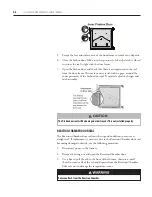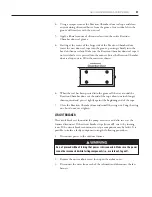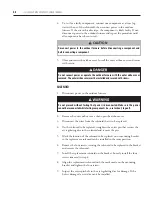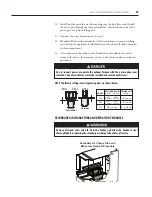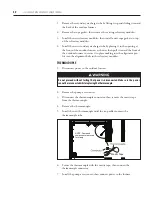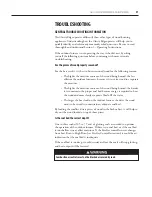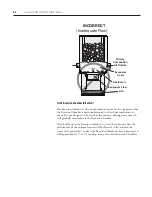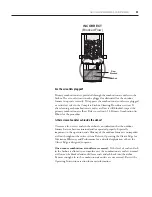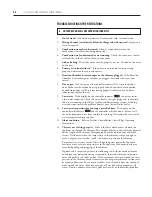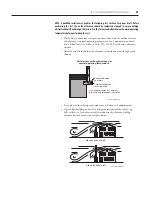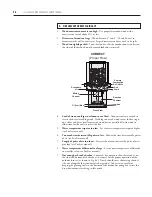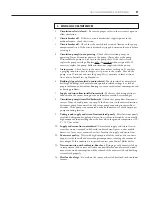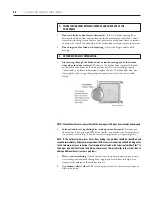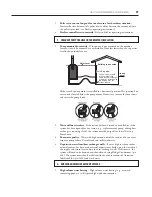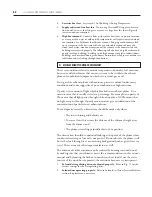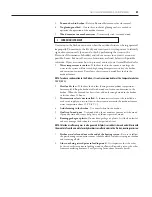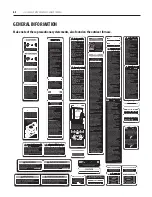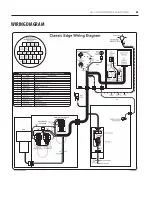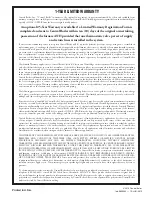
60
CLASSIC EDGE OUTDOOR FURNACE • OWNER'S MANUAL
2. Excessive heat loss - See items 6-10 of Building is Losing Temperature.
3. Supply and return line heat loss - If not using ThermoPEX, supply and return
lines buried in a wet, low-lying area may cause a large heat loss that will greatly
increase wood consumption.
4. High heat demand - Concrete slabs (with radiant heat) that are poorly insulated
or are exposed to water or cold outside temperatures will require increased wood
consumption (see Hydronic Installations section). Bringing a cold concrete slab
up to temperature the first time will take a considerable amount of time and
wood; once warm, wood consumption will be reduced if the concrete slab and
building are insulated properly. The following will also have a high heat demand:
poorly insulated buildings, buildings with large amounts of glass windows/doors,
buildings with overhead doors, greenhouses, uninsulated crawl spaces, outdoor air
infiltration and air leaking through foundation.
H. VISIBLE EXHAUST COMING FROM CHIMNEY
There are conditions related to outside temperatures, humidity, fuel moisture,
burn rate and other factors that can cause steam to be visible in the exhaust
plume of combustion equipment, whether it is wood, gas or oil.
Seeing a white exhaust plume with moisture present is normal under many
conditions and is not suggestive of poor combustion or high emissions.
Opacity is the amount of light which is blocked in an exhaust plume. It is a
measurement that is usually stated as a percentage. For example, an opacity of
0% means that all light passes through while an opacity of 100% means that
no light can pass through. Opacity measurements give an indication of the
concentration of particles in an exhaust plume.
To read opacity correctly, observations should be made only when:
• The sun is shining and behind you,
• You are at least three times the distance of the chimney height away
from the furnace, and
• The plume is traveling perpendicular to your position.
The observation should be conducted looking at the point of the plume where
condensed water vapor (steam) is not present. Do not observe the plume itself
but rather look through it at a contrasting background (such as green leaves or
trees). There are many other important factors as well.
The amount of visible emissions can be reduced by burning seasoned wood,
by making sure that your chimney meets the recommendations in this owner's
manual and by loading the firebox to match your heat load. Once the water
content of the wood has evaporated, the emissions become very transparent.
1. Solenoid air regulating disc not adjusted properly - Refer to Fig. 71 for the
factory settings for the air regulating discs.
2. Solenoid not operating properly - Refer to Solenoid in Owner Serviceable Items
section if replacement is necessary.

